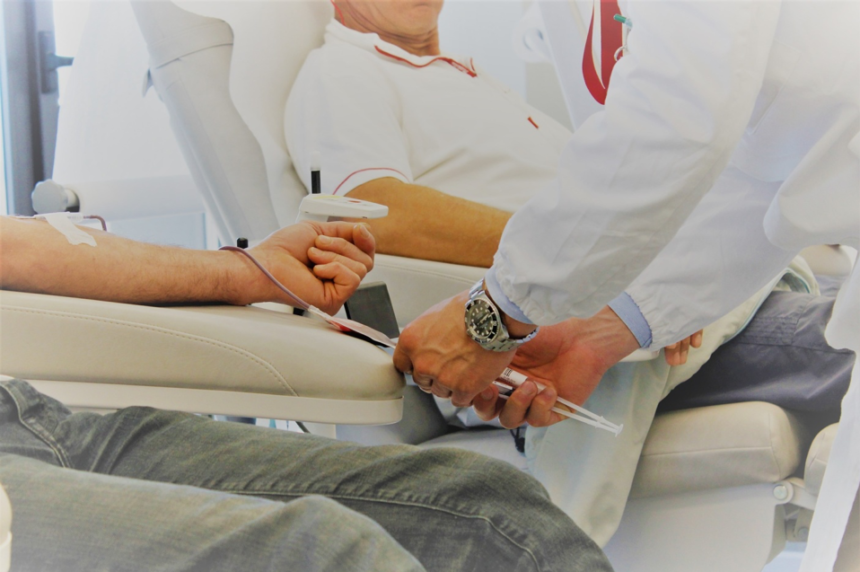Substance use disorder (SUD) is a complex condition that affects the brain and behavior. It can lead to an inability to control the use of a legal or illegal drug or medicine. People with SUD have a strong focus on using a certain substance, and they may continue using it despite harmful consequences. Here is more information on SUD, including its causes, symptoms, and substance treatment options:
What Is Substance Use Disorder?
Substance use disorder is classified as a mental disorder that impacts a person’s brain and behavior, and it leads to an inability to control the use of substances like alcohol, tobacco, or illicit drugs. The disorder ranges from mild to severe, with addiction being the most severe form of SUD. Seeking substance treatment is a step toward managing the condition and its effects.
What Causes It?
A combination of genetic, environmental, and psychological factors influences the development of substance use disorder. A family history of addiction can increase a person’s risk, while a person’s environment, including exposure to peer pressure or early use of drugs, also plays a role. Psychological factors, such as stress, trauma, or the presence of other mental health disorders like depression or anxiety, can contribute to the development of SUD.
What Are the Symptoms?
Symptoms vary depending on the substance, but they generally involve a pattern of behaviors related to substance use. Common signs include taking the substance in larger amounts or for longer than intended. A significant amount of time may be spent obtaining, using, or recovering from the effects of the substance, which interferes with daily responsibilities.
Other symptoms can include developing a tolerance or experiencing withdrawal symptoms when use is reduced or stopped. Social, occupational, or recreational activities may be given up or reduced because of substance use. An individual may continue using the substance despite knowing it is causing physical or psychological problems.
What Does Substance Treatment Involve?
Treatment is multifaceted and tailored to the individual’s needs, often involving a combination of different therapeutic approaches. The goal of treatment is to help individuals stop or reduce substance use, manage their symptoms, and regain function. The process begins with an assessment to determine the appropriate level of care.
Patient Education
Patient education is a component of treatment that provides individuals with information about the disorder and its effects on the brain and body. This helps people understand the nature of their condition, and it equips them with knowledge about the recovery process. Education may also cover relapse prevention strategies and ways to develop a healthy lifestyle.
Behavioral Therapy
Behavioral therapy is a primary approach to treating SUD, and various forms of therapy can be effective. Cognitive-behavioral therapy (CBT) helps individuals identify and change problematic thinking and behavioral patterns. Behavioral therapy also helps patients learn life skills.
Maintenance Medication
For some types of substance use disorder, medication is part of the treatment plan. These medications help manage withdrawal symptoms, reduce cravings, and block the effects of the substance, which supports the individual’s recovery efforts. A medical professional will determine if medication is an appropriate part of a person’s treatment.
Seek Personalized Treatment Today
Substance use disorder is a treatable condition, and various evidence-based approaches can help individuals on their path to recovery. Understanding the causes, recognizing the symptoms, and exploring the available treatment options are the first steps toward managing the disorder. If you or someone you know is affected, seek professional guidance.





